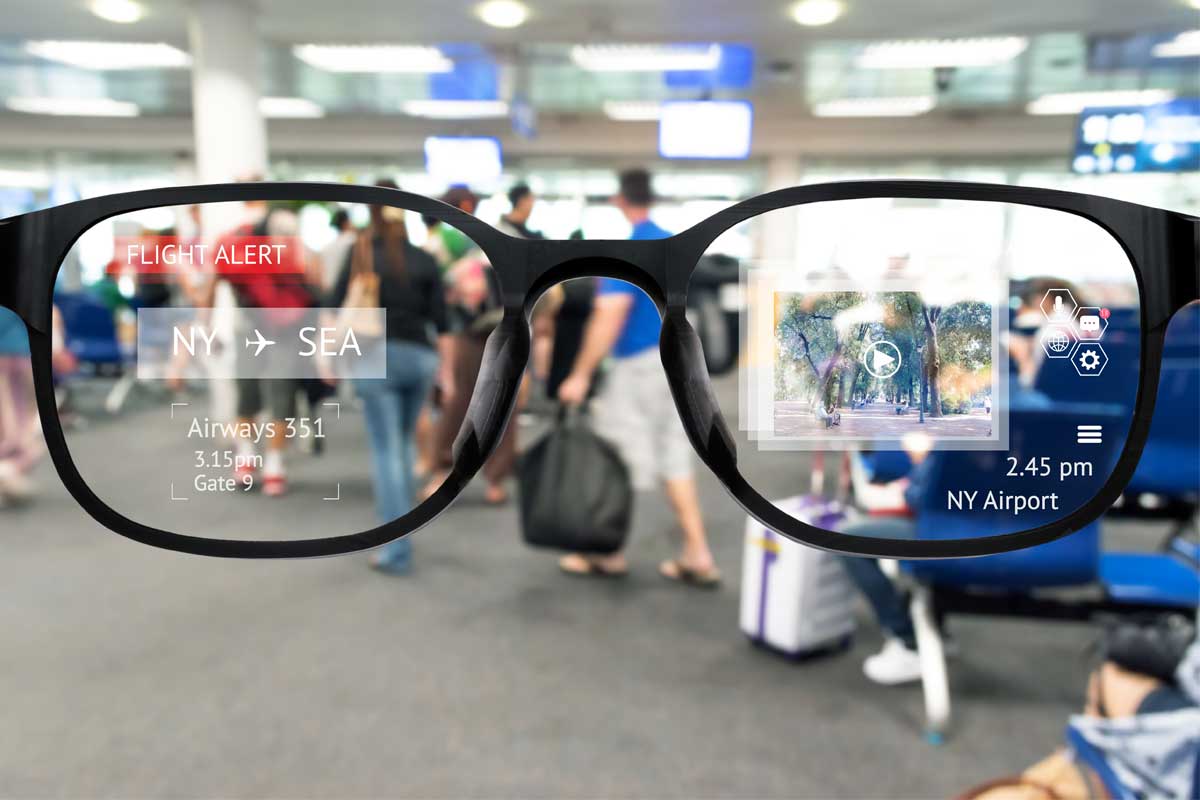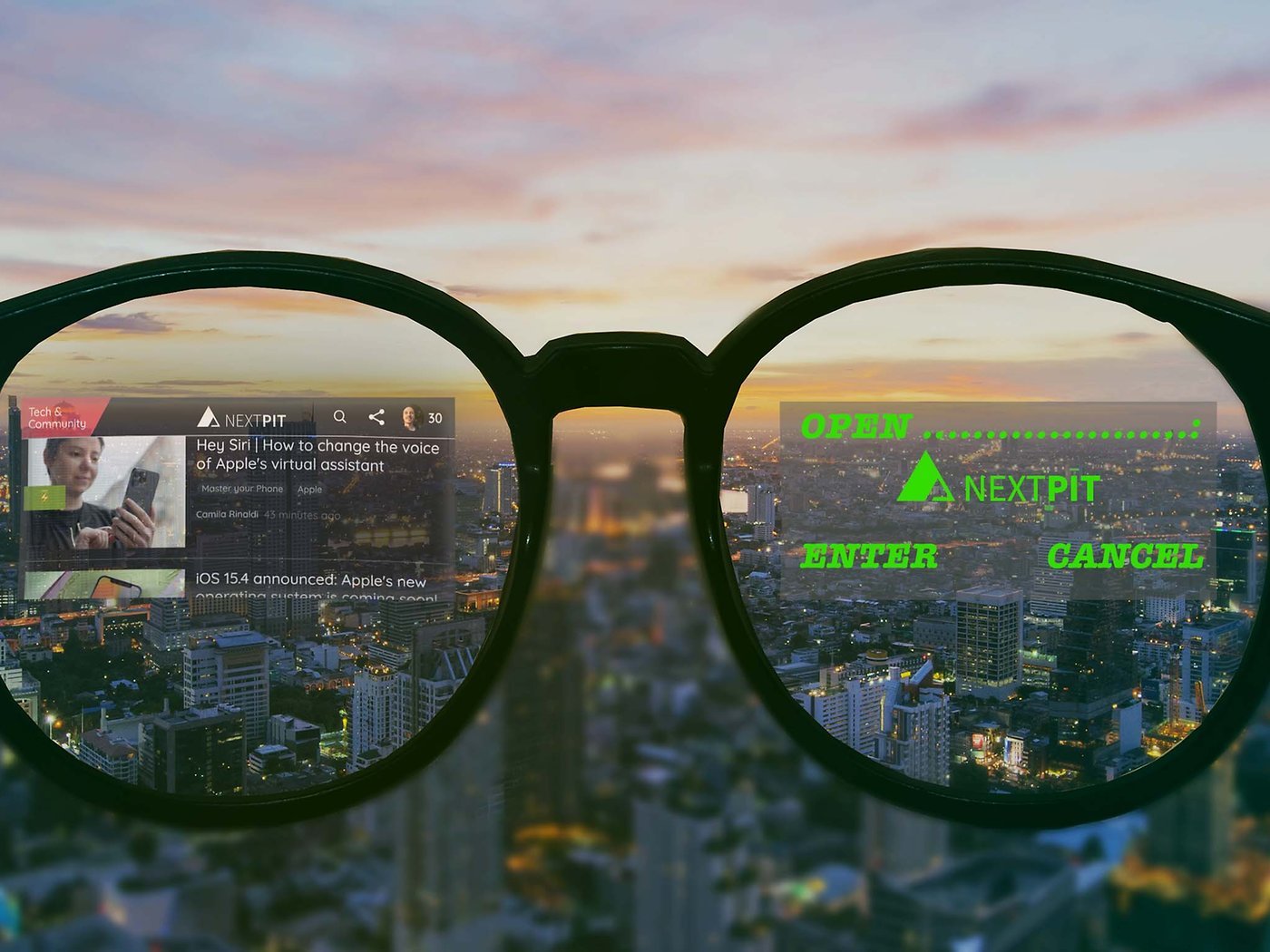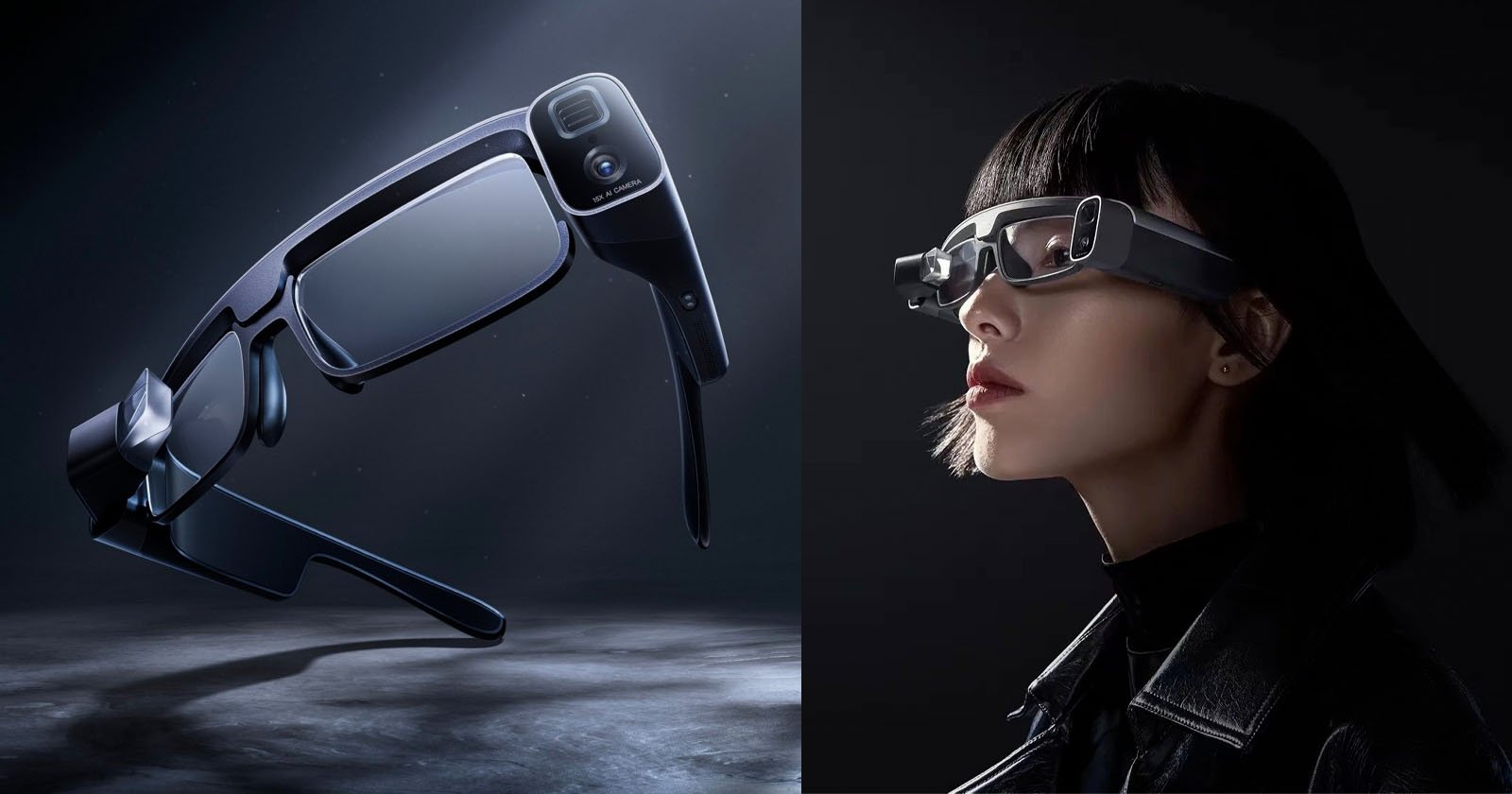The Future of Smart Glasses: A Look at Smart Glasses in 2022
1. Evolution of Smart Glasses Technology
Smart glasses have come a long way since their inception. In 2022, we are seeing a significant evolution in the technology behind smart glasses. From improved display technologies to enhanced connectivity features, smart glasses are becoming more advanced and user-friendly. Companies like Google, Apple, and Facebook are investing heavily in research and development to bring the next generation of smart glasses to the market. With advancements in augmented reality (AR) and virtual reality (VR) technologies, smart glasses are on the brink of revolutionizing how we interact with the world around us.
One of the key advancements in smart glasses technology is the integration of AI-powered voice assistants. These voice assistants, such as Siri and Google Assistant, allow users to control their smart glasses with simple voice commands. This hands-free functionality makes smart glasses even more convenient and intuitive to use. Additionally, advancements in display technology, such as microLED and OLED displays, are enhancing the visual experience of smart glasses, providing users with crisp and clear images.
Another area of innovation in smart glasses technology is in the realm of health and wellness. Smart glasses are now being equipped with biometric sensors that can monitor vital signs such as heart rate and blood pressure. This data can be used to provide users with real-time feedback on their health and fitness levels, making smart glasses a valuable tool for maintaining overall well-being.

Overall, the evolution of smart glasses technology in 2022 is paving the way for a more immersive and interactive user experience. With advancements in AI, display technology, and health monitoring capabilities, smart glasses are poised to become an essential tool for both work and play.
2. Applications of Smart Glasses in 2022
In 2022, the applications of smart glasses are expanding beyond just consumer entertainment and into various industries such as healthcare, manufacturing, and education. Smart glasses are being used in the healthcare sector to provide medical professionals with real-time patient data and information, improving the accuracy and efficiency of patient care. In manufacturing, smart glasses are being utilized to assist workers in assembly processes, providing them with step-by-step instructions and visual aids to streamline production.
In the education sector, smart glasses are being used to enhance the learning experience for students. By providing interactive and immersive learning materials, smart glasses are helping students better understand complex concepts and retain information more effectively. Additionally, smart glasses are being used in the field of sports to provide athletes with real-time performance data and feedback, helping them improve their skills and maximize their potential.

The applications of smart glasses in 2022 are limitless, with new use cases emerging every day. From improving healthcare outcomes to enhancing education and training programs, smart glasses are revolutionizing how we interact with technology and the world around us. As the technology continues to evolve, we can expect to see even more innovative applications of smart glasses in various industries and sectors.
3. Design Trends in Smart Glasses 2022
In 2022, design trends in smart glasses are shifting towards more sleek and stylish models that seamlessly blend fashion with functionality. Gone are the bulky and cumbersome designs of the past, replaced by slim and lightweight frames that are both comfortable to wear and aesthetically pleasing. Companies are focusing on creating smart glasses that can be worn all day, whether for work or leisure, without sacrificing style for functionality.
One of the key design trends in smart glasses for 2022 is the integration of customizable frames and lenses. Users can now choose from a variety of frame styles, colors, and materials to personalize their smart glasses and make a fashion statement. Additionally, companies are experimenting with different lens options, such as transition lenses that automatically adjust to different lighting conditions, or blue light-blocking lenses to reduce eye strain from prolonged screen use.

Another design trend in smart glasses for 2022 is the incorporation of smart features into traditional eyewear designs. Companies are developing smart glasses that look and feel like regular glasses, with hidden technology that enhances the user experience without compromising on aesthetics. This trend is appealing to users who want the benefits of smart glasses without drawing attention to their wearable tech.
Overall, design trends in smart glasses for 2022 are focused on creating stylish and functional eyewear that seamlessly integrates into everyday life. With a variety of customizable options and sleek designs, smart glasses are becoming more accessible and appealing to a wider range of users.
4. Privacy and Security Concerns with Smart Glasses
As smart glasses become more prevalent in our daily lives, concerns about privacy and security are growing. In 2022, the issue of data privacy is at the forefront of the smart glasses debate, with users worried about the potential misuse of their personal information. Companies that develop smart glasses are under increasing pressure to address these concerns and implement strict data protection measures to ensure user privacy.
One of the main privacy concerns with smart glasses is the collection and storage of user data. Smart glasses are equipped with various sensors and cameras that can capture sensitive information about users, such as their location, biometric data, and browsing history. This data can be valuable to companies for targeted advertising or product development, but it also raises questions about how this information is being used and shared.
In addition to privacy concerns, security issues with smart glasses are also a cause for alarm. Smart glasses are vulnerable to hacking and cyber attacks, putting users at risk of having their personal data stolen or their device compromised. Companies must prioritize cybersecurity measures to protect user data and ensure the safe and secure use of smart glasses.
Overall, while smart glasses offer numerous benefits and conveniences, it is essential for users to be aware of the potential privacy and security risks associated with this technology. By staying informed and taking precautions to safeguard their personal information, users can enjoy the benefits of smart glasses while protecting their privacy and security.
5. The Future of Augmented Reality with Smart Glasses
Augmented reality (AR) is a key feature of smart glasses that is revolutionizing how we interact with the world around us. In 2022, the future of AR with smart glasses is brighter than ever, with advancements in technology and applications that are transforming how we work, learn, and play. AR technology allows users to overlay digital information and content onto their physical environment, creating an immersive and interactive experience that enhances productivity and creativity.
One of the key areas where AR is making a significant impact is in the workplace. Smart glasses equipped with AR technology are being used in industries such as manufacturing, logistics, and healthcare to provide workers with real-time information and instructions, improving efficiency and accuracy. AR technology is also being used in training and education programs to create engaging and interactive learning experiences for students and professionals.
In the consumer market, AR is being used in entertainment, gaming, and social media to create unique and interactive experiences for users. Smart glasses with AR capabilities allow users to play games, watch videos, and interact with digital content in a whole new way, blurring the lines between the physical and digital worlds. As AR technology continues to evolve, we can expect to see even more innovative applications and use cases for smart glasses in various industries and sectors.
Overall, the future of augmented reality with smart glasses is promising, with endless possibilities for how this technology can enhance our lives and change the way we interact with the world. As AR technology continues to advance, smart glasses are set to become an essential tool for work, entertainment, and communication, revolutionizing how we experience and engage with our surroundings.
6. Challenges and Opportunities for Smart Glasses in 2022
While smart glasses hold great potential for transforming how we interact with technology and the world around us, they also face several challenges and opportunities in 2022. One of the main challenges for smart glasses is the adoption rate among consumers. Despite advancements in technology and design, many users are still hesitant to embrace smart glasses due to concerns about privacy, security, and usability. Companies must address these issues and educate consumers about the benefits and features of smart glasses to increase adoption rates.
Another challenge for smart glasses in 2022 is the competition from other wearable devices, such as smartwatches and fitness trackers. These devices offer similar functionality and features to smart glasses, making it challenging for smart glasses to stand out in the market. Companies must differentiate their products and focus on unique features and applications to attract and retain users.
On the other hand, there are also opportunities for smart glasses in 2022, particularly in the enterprise and industrial sectors. Smart glasses are being increasingly adopted in industries such as healthcare, manufacturing, and logistics to improve productivity, efficiency, and safety. Companies that develop smart glasses for these sectors have the opportunity to capitalize on the growing demand for wearable technology in the workplace.
Overall, while smart glasses face challenges in terms of consumer adoption and competition, there are also significant opportunities for growth and innovation in 2022. By addressing user concerns, developing unique features, and targeting specific industries, smart glasses have the potential to become a valuable and indispensable tool for work, play, and everyday life.
7. The Role of Smart Glasses in the Post-Pandemic World
The COVID-19 pandemic has accelerated the adoption of technology and digital solutions in various aspects of our lives, including the use of smart glasses. In 2022, the role of smart glasses in the post-pandemic world is becoming increasingly important, as they offer a hands-free and contactless way to interact with technology and the environment. Smart glasses are being used in healthcare settings to provide remote consultations and diagnostics, reducing the need for in-person visits and minimizing the risk of exposure to infectious diseases.
In the workplace, smart glasses are being used to enable remote work and collaboration, allowing employees to communicate and collaborate with colleagues in different locations. Smart glasses equipped with AR technology are also being used in training and education programs to provide interactive and immersive learning experiences for students and professionals. Additionally, smart glasses are being used in retail and hospitality to enhance customer